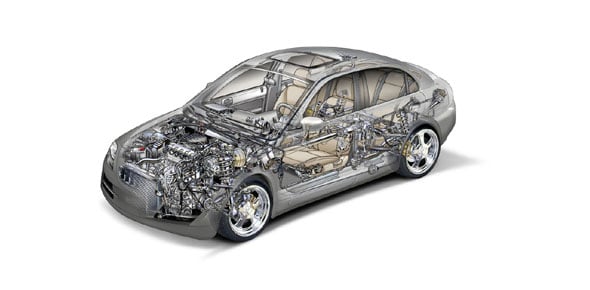Turbochargers Quiz: Automotive Engineering And Performance
- SAE J922
- ISO 15484
2.
You may optionally provide this to label your report, leaderboard, or certificate.
×
Thank you for your feedback!
















